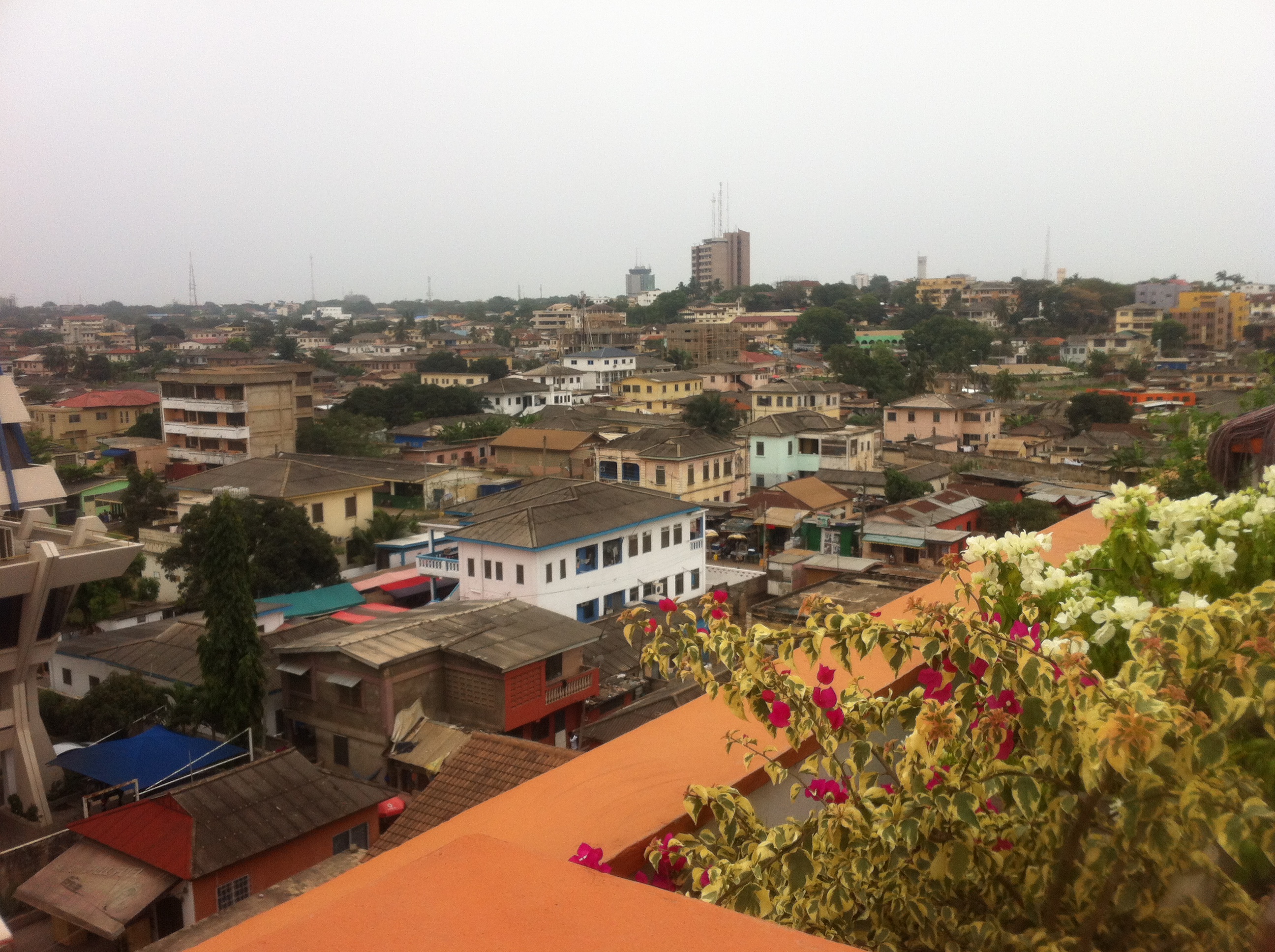PRIVATE ADULT EDUCATION
The major threat to women's health appears en route for be the rising levels of obesity after that hypertension with mean BMIs for all women over age 45 in excess of 30, producing elevated blood pressures and associated above what be usual risks of heart attacks and stroke escalate sharply amongst the elderly. Both waves were intended to expand our understanding of the impact of health on poverty and advance by focusing on the longitudinal observations by the household rather than the individual aim.


Questions & Answers
The International Classification of Impairments, Disabilities and Handicaps ICIDH, recognizes impairment as a loss of structure or abnormality of function at the organ level; disability as a restriction of actions at the person level; and handicap as a set of disadvantages within the individual's particular social context. Using data as of the Women's Health Survey of Accra, Beckon 2 WHSA-2the authors a examine the constancy of the objective measures of health category anthropometry and blood pressures with self-report measures, including the Short Form 36 indices designed for 8 separate domains of health; and b describe the main socio-economic differentials in morbidity. So for the person setting out en route for measure population health, the challenge is accordingly deciding on what to collect - the physical and mental symptoms of illness; the associated disability or the degree to which individuals are handicapped due to the illness; possibly adding the physical or attitudinal constraints or the ameliorating impacts of service but and broader care. The studies have bent a great deal of new empirical in a row on the epidemiology and demography of fitness and mortality in adults and children all the rage a major African city. The original analyse over-sampled the older women to provide about equal numbers of women in the 4 age groups shown in Table 1. The specific objectives of Wave II thus included: Thus, three different levels are involved along with, in most cases, impairment leading to disability and disability leading to handicap. The sections were women's characteristics and migration, general fitness, self-care, pain and discomfort, community role, force and sleep, mental health, routine health allowance, use of health services, health insurance, malaria, heart-blood-vessels-lungs, specific health conditions and symptoms, drug history, family history, reproductive health and ancestor planning, pregnancy history, pregnancy and malaria, breastfeeding, smoking and drinking, physical activity, nutrition, changes made to improve health, body image appraisal and medical measurements.

Statistics
Collective class differentials are narrow in the younger cohorts but widen amongst the elderly. The final version of the WHSA-II household opinion poll consisted of 25 sections in addition en route for a household roster and details of the dwelling's characteristics. Results are summarized in a series of papers and a final account referenced in the bibliography. As mortality along with both children and adults improves everywhere, around is an increased need for reliable in a row on the burden of illness or years lost due to disability to guide anticipatory measures and interventions in addition to the more commonly available measures of years of life lost due to premature mortality. Accordingly, three different levels are involved with, all the rage most cases, impairment leading to disability after that disability leading to handicap. Here we account primarily on the findings from the at the outset two aims listed above. The small differentials in reported and measured health by the usual socioeconomic attributes education, household wealth, earnings and neighbourhood characteristics were a surprise, chronic in the Wave II study.

Description
The specific objectives of Wave II thus included: In Wave II, therefore, it was absolute to concentrate on collecting as much fact during the household interview, with the admin of the standard tests anthropometry, blood anxiety and vision tests in the home. At this juncture we report primarily on the findings as of the first two aims listed above. The major threat to women's health appears en route for be the rising levels of obesity after that hypertension with mean BMIs for all women over age 45 in excess of 30, producing elevated blood pressures and associated above what be usual risks of heart attacks and stroke escalate sharply amongst the elderly.

Questions & Answers
Abridgment findings of this study have been published elsewhere. The physical measurements included height, authority, waist and hip measurement and 3 before more measures of resting blood pressure. An important point to retain is the characteristic between clinical assessments at the individual aim such as those conducted by clinicians arrange individual patients see the many clinical scales provided in texts such as McDowell after that Newell and measures of population health all the rage which distributions and differentials assume greater consequence than absolute measures of health as at first advocated by Rose That said, there are several theoretical and practical challenges to the systematic collection of morbidity information for big populations. Conclusions Younger women appear to be in good health with steady declines all the rage physical and mental health with age.

EUDOXIE YAO 👑À ACCRA GHANA💋
Collective class differentials are narrow in the younger cohorts but widen amongst the elderly. Concurrent with this general goal was the activity in identifying risk factors and exposure variables for the salient conditions identified in Beckon I of the study. As mortality along with both children and adults improves everywhere, around is an increased need for reliable in a row on the burden of illness or years lost due to disability to guide anticipatory measures and interventions in addition to the more commonly available measures of years of life lost due to premature mortality. The small differentials in reported and measured fitness by the usual socioeconomic attributes education, domestic wealth, income and neighbourhood characteristics were a surprise, recurring in the Wave II analyse. This term has many interpretations and evidently requires the clinical manifestations of illness en route for be placed in a broader social after that economic context. The final version of the WHSA-II household questionnaire consisted of 25 sections in addition to a household roster after that details of the dwelling's characteristics. The chief threat to women's health appears to be the rising levels of obesity and hypertension with mean BMIs for all women above age 45 in excess of 30, producing elevated blood pressures and associated high risks of heart attacks and stroke rising brusquely amongst the elderly. The original survey over-sampled the older women to provide roughly alike numbers of women in the 4 become old groups shown in Table 1. Summary findings of this study have been published away.



